On June 14th, a quiet revolution took shape across 1,500 decentralized marches. People showed up with hand-drawn signs and shared conviction, united by a simple message: No Kings. From New York to Bozeman, this wasn’t performance, it was participation.
If you want to understand what trust, autonomy, and genuine engagement look like, this is it: Power not projected from above, but moving with people, on foot.

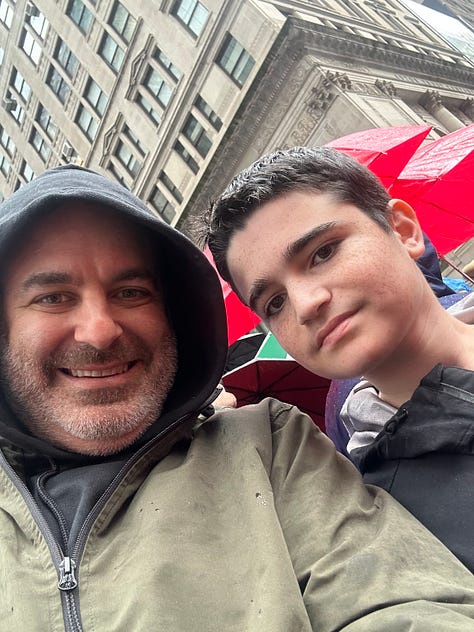
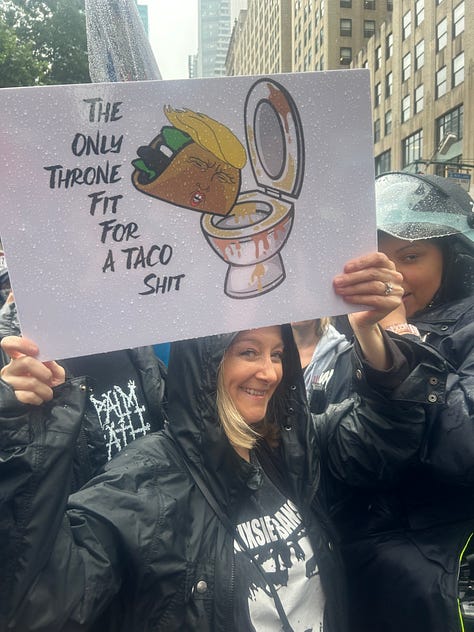
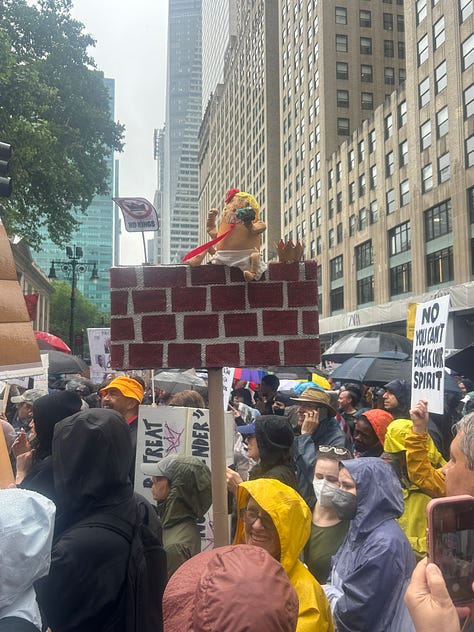
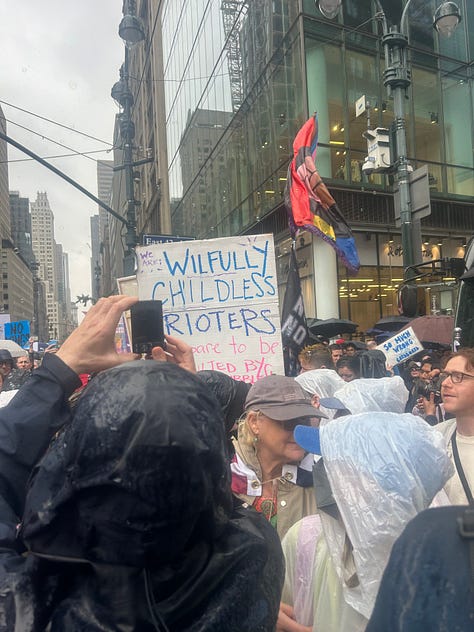
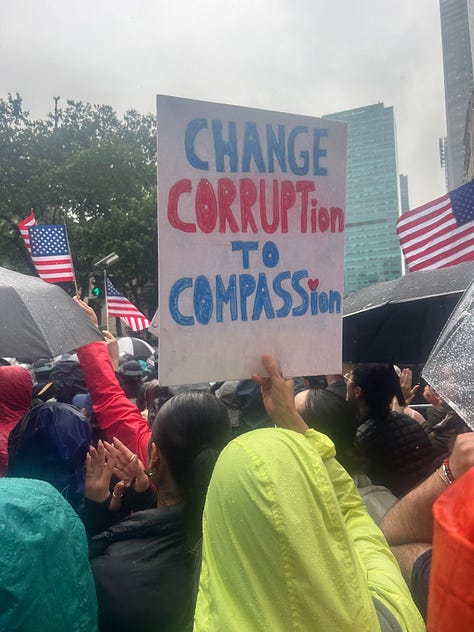
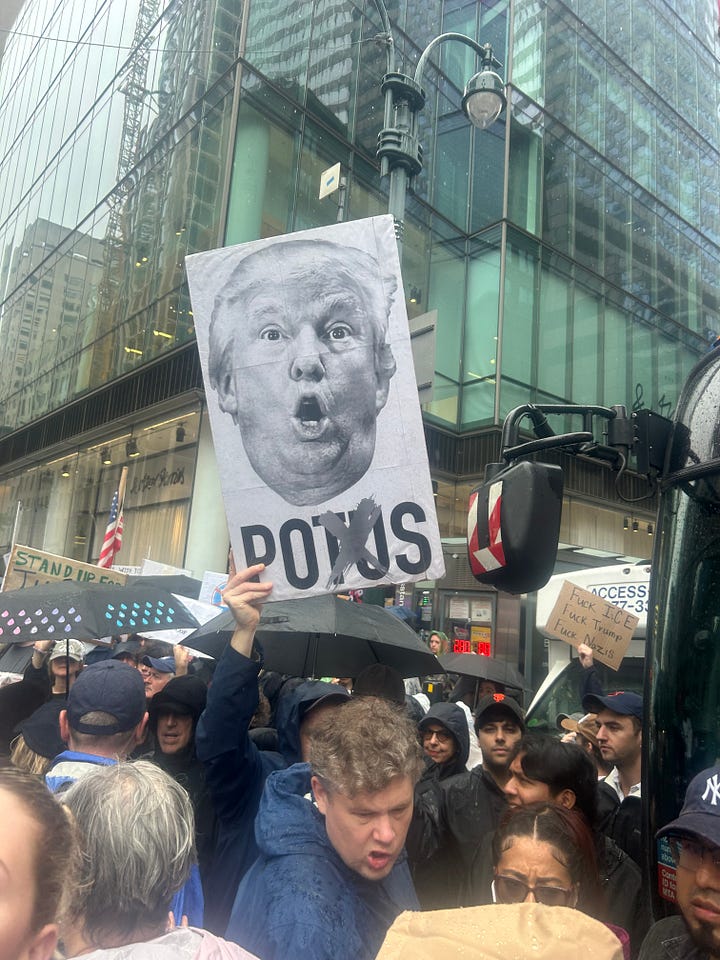
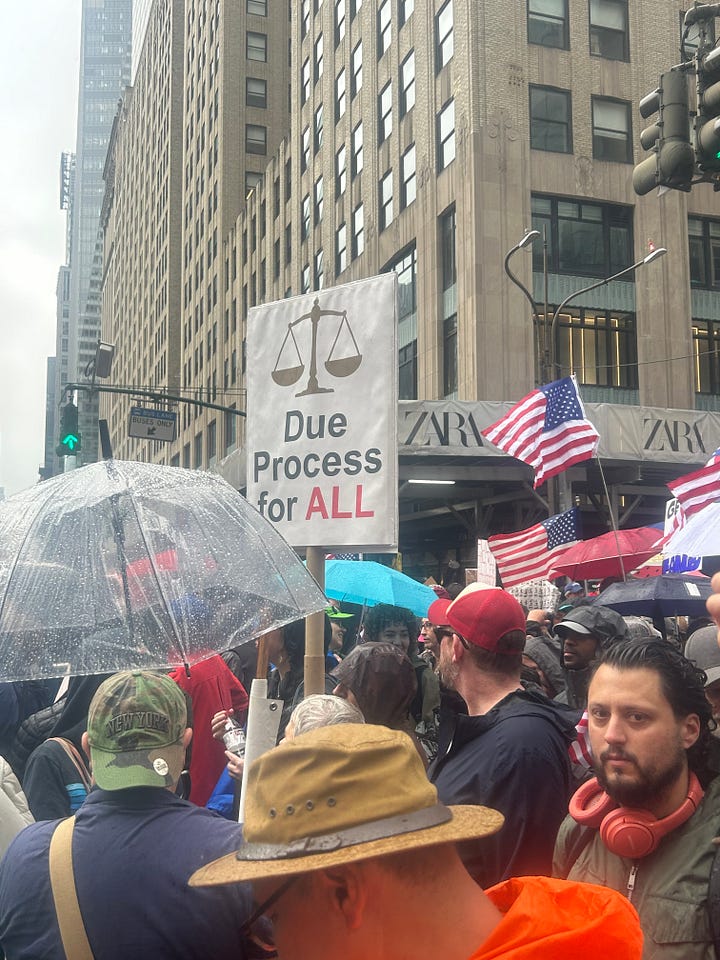
Meanwhile, in Washington, D.C., Donald Trump staged a military parade complete with tanks, jets, uniforms, theatrics, and $45 million worth of command-and-control optics. But the crowd didn’t come. Bleachers stood empty. The National Mall echoed. Even JD Vance, sent to warm up the stage, couldn’t sell the illusion. People didn’t stay away because they didn’t know; it’s because they didn’t care.
That’s the trap of broadcast-era thinking in a networked culture: the assumption that if you make it big enough, loud enough, and expensive enough, people will show up.
Trump’s camp rented authority.
The people earned attention.
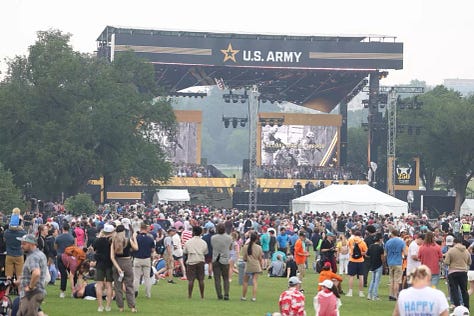

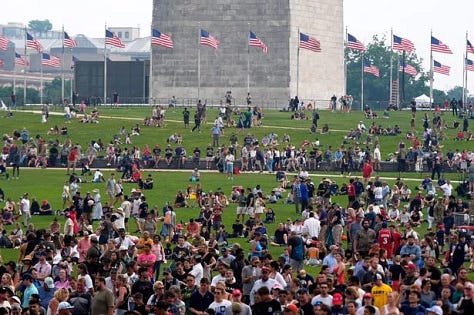
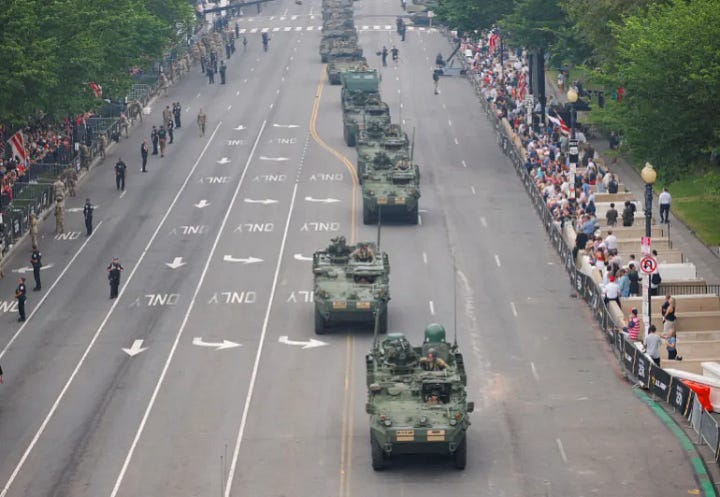
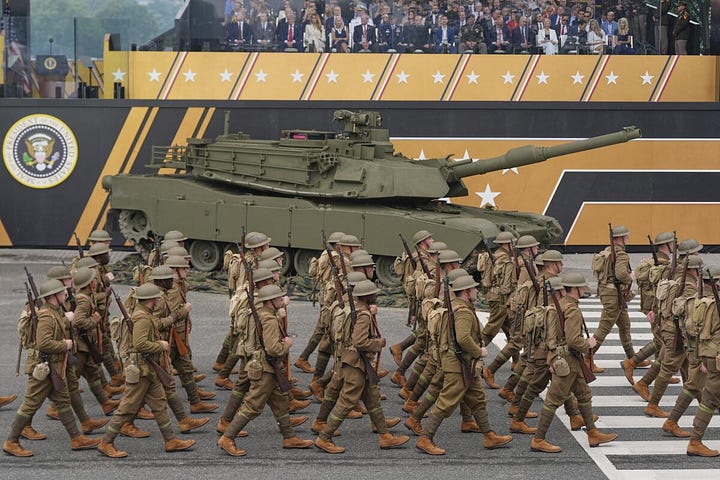
Strategic Analysis via the MAC Toolkit
Diagnosis Detector
Problem: Top-down political theater is losing cultural relevance, especially with younger audiences.
Root Cause: Authoritarian spectacle is misaligned with how trust is built today: laterally, emotionally, experientially.
Risk: Misreading this shift means sinking millions into media that evaporates on contact.
Strategy Reality Check
The “No Kings” movement made a clear strategic choice: No branding. No figureheads. No permission.
It didn’t try to outperform spectacle.
It outmaneuvered it by refusing to play the same game.
Marketing Effectiveness Validator
It aligns with what we know works:
Distinctiveness – Nothing else looked or felt like it.
Category Entry Point – When democracy feels at risk, “No Kings” becomes an emotional shortcut.
Double Jeopardy Law – Even without a broad reach, it built mental availability and stickiness through earned presence.
Coherence Checker
Everything fit:
Homemade signs.
No merch tables.
Teenagers chanting, elders walking, kids asking.
A moment that invited reflection, not demanded allegiance.
The Contrast That Tells the Story
In a trust-depleted world where only 47% of Americans believe their government will “do what’s right”, both brands and political campaigns should be paying attention.
The Takeaway, Marketers:
You can’t rent belonging.
You have to earn participation.
And the future won’t be televised, it will be walked.
Want to Market Like It Matters? Start Here:
Build for autonomy, not obedience.
Trust your audience to find each other.
Stop selling kings. Start building commons.
Source Notes & Disclosure
Firsthand Experience: This reflection is based on direct participation in the June 14, 2025, “No Kings” march in New York City, supported by real-time documentation and cross-city reports.
Movement Context: Over 1,500 decentralized marches were confirmed via participant posts, grassroots groups, and local media. No centralized funding or campaign affiliation was observed.
Comparative Event (Trump Parade): Attendance figures are drawn from media coverage, livestream footage, and public observation. Budget estimates ($45M) align with known costs of similar large-scale, military-adjacent political events.
Disclosure: No compensation, sponsorship, or third-party influence shaped this account.

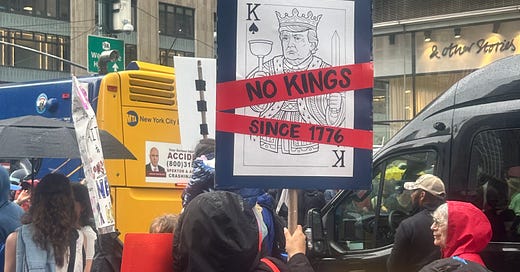



Earlier in the week, my prediction was:
The world will see videos featuring millions of people protesting, juxtaposed against a barely attended military parade. It might be the greatest - and most expensive - self-humiliation ever created on purpose. Sounds like it went about as expected.
OTOH, I just saw this.
Alt National Park Service: We’re honored to announce a final count of 13.14 million in attendance across 2,300+ No Kings protests nationwide. It took a little longer to finalize due to the sheer scale, but the turnout was historic!
Forget the politics. As Jay points out, just look at the marketing dynamics for all your answers about why one thing failed and the other was a raging success.